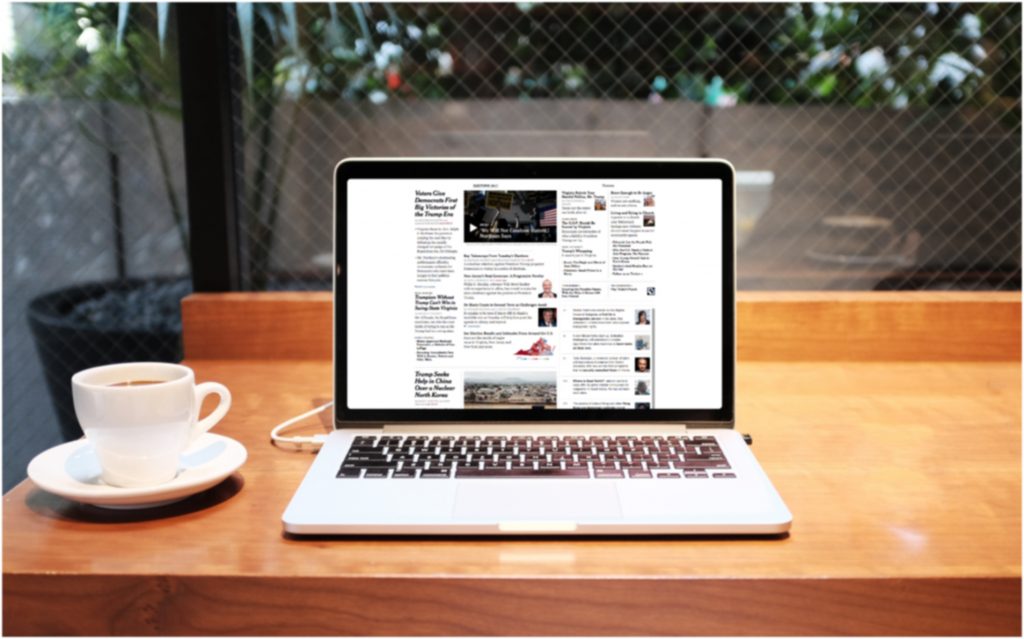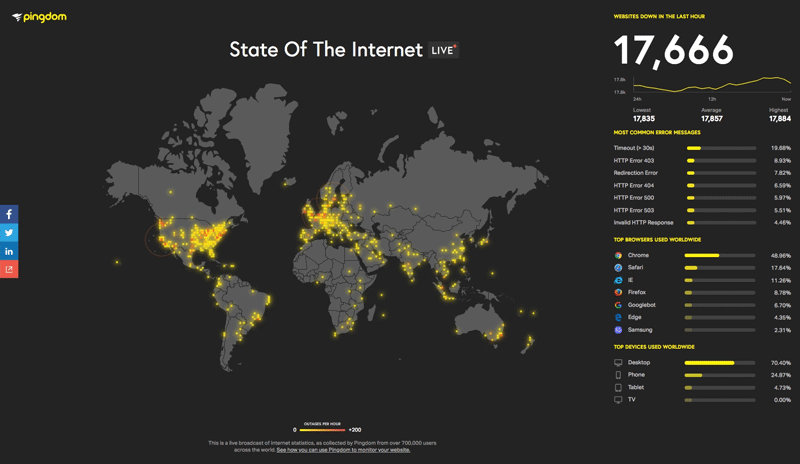05 Jul

Monitoring user activity on your website is a must if you want to run a successful and profitable online business. By implementing real user monitoring on your website, you can get an in-depth understanding of how your users are interacting with your website and the experience they receive.
In this article, we discuss what real user monitoring (RUM) is and the benefits of using it. We’ll also share some best practices, so you’ll be ready to set up real user monitoring for your website.
What Is Real User Monitoring?
Real user monitoring (RUM) enables you to understand the experience your users receive on your website. RUM tracks and reports on real users, giving you valuable insight into their behavior, interactions, and crucially, how your site performed in terms of loading times.
Of course, the metrics monitored will depend on the website monitoring tool you use. However, if you opt for a high-quality user monitoring platform, then you can expect reports on a wide range of analytics, including:
- Page Load Times—Monitor real page load time on your website to gain a clear understanding of how long your users wait for content to load.
- Real Time Monitoring—Track visitors in real time on your website to see which pages they visit, how long they spend on each page, where they leave your site, the page load times experience, and more.
- Traffic Source—Find out where your website visitors are arriving from.
- Device and Browsers—Learn how your users are accessing your website, including which devices and browsers they are using.
- Geographical Location—Check how your website’s speed differs depending on the geographical location of your visitors.
A monitoring tool will also run a notification service in conjunction with its real user tracking. This service will alert you if your page speed starts to dramatically slow, enabling you to act quickly and fix any issues, keeping user disruption to a minimum.
The Benefits of User Activity Monitoring
Monitoring user activity on your website enables you to gain a clear understanding of how your website is performing and the experience your visitors are receiving. This information can then be used to inform future strategies to improve your site’s performance across the board.
- Identify Performance Trends Over Time—RUM produces data, which can be filtered and viewed to identify long term performance trends. Track your site’s loading times in certain regional areas for critical pages like your checkout or signup page, or in certain situations, such as when you receive traffic spikes. By understanding where your website is repeatedly underperforming over time, you can make informed and effective improvements.
- Ensure Your Top Customers Receive the Best Experience—Your most valuable customers should receive lightning fast load times. By filtering your RUM data, you can gain insight into your top customers’ experience on your site. Your customers may be based in a certain geographical location where your site is running slowly. This info is crucial, as once you know this to be the case, you can quickly implement improvements to ensure your customers are kept happy.
- Track Long-Tail Performance—User activity monitoring tracks every user, giving you insight into not only the norm on your site but also the long tail for page load times. There are reasons for long tail load times—by identifying where, when, and why these slow loading times are occurring, you can begin to make the necessary changes to ensure all your visitors receive a good experience on your site.
- Dig Down Deeper—An effective website monitoring tool will help you identify where and why issues are occurring. Accessing root cause analysis, running a traceroute, and examining server response codes are all useful procedures to help you dig down and quickly get to the bottom of the problem. And the faster the reason behind the issue can be found, the quicker the problem can be resolved.
User activity monitoring gives you an in-depth picture of your site’s performance. This information can then be used to make data-driven decisions, helping you take the right action before your business is impacted by poor on-site user experience.
Real User Monitoring: Best Practice
Getting the most out of your real user monitoring tool is key. Best practice includes:
- Combine RUM With Synthetic Monitoring—Real user monitoring is best used in conjunction with synthetic monitoring. If RUM has identified ongoing issues, then you should implement page speed tests to further investigate what’s causing them. An effective page speed test can analyze the size and load times of individual page elements, give advice on what needs improving on each page, and more.
- Share Your Data—RUM produces comprehensive visualizations, enabling you to quickly see how your website is performing. Sharing this data with other members and teams within your organization will help them plan their own strategies accordingly. For example, if certain geographical locations are suffering from performance issues, the marketing team may want to suspend any paid digital marketing campaigns in that area until the problem is rectified.
- Track Mobile Web Performance—Understanding how your website is performing on mobile devices is a must in 2020. Filter your RUM data by device, helping you identify how your mobile pages are performing in comparison to desktop and tablet. With more and more users accessing websites via mobile, ensuring your mobile pages are fully functional should be a key part of everyone’s performance strategy.
- Set Up Alerts—Some website monitoring tools will enable you to set benchmarks for page load times. When these thresholds are breached, your monitoring service will immediately alert you. Then you can react quickly to the issue, ensuring user disruption on your site doesn’t last for long.
Final Thoughts Real User Monitoring
Real user monitoring is an extremely valuable tool every website and business should consider implementing. Not only does it identify both long- and short-term performance issues, it enables you to filter data and understand the user experience your visitors are receiving based on different factors, like device and location.
This data can then be used to make informed decisions on necessary performance-related improvements across your site, helping to keep your customers satisfied with your service and loyal to your brand.
Do you have any questions on user activity monitoring? If so, please ask away in the comments below.



